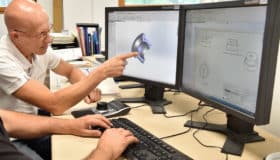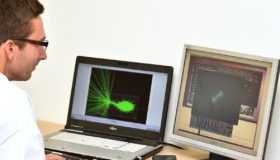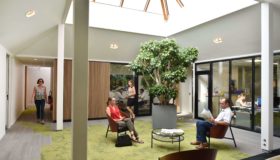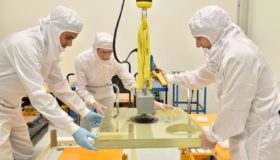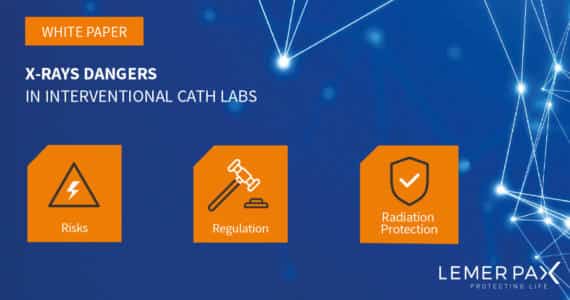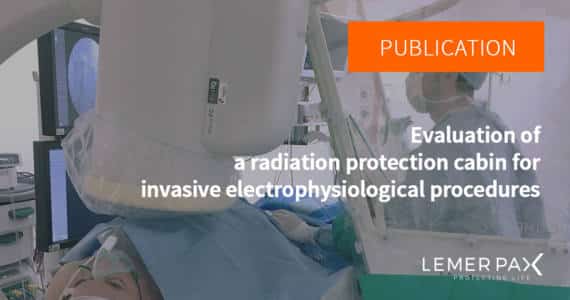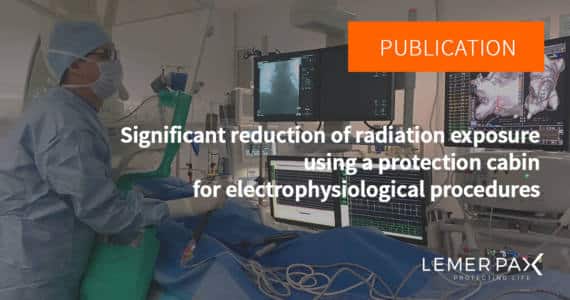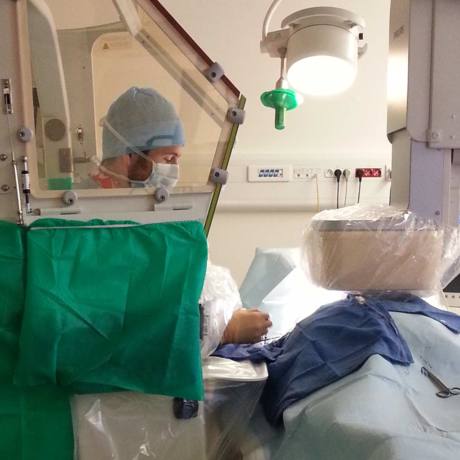
Perfomance of a Radiation Protection Cabin during extraction of cardiac devices
Sylvain Ploux, MD Laurence Jesel, MD Romain Eschalier, MD, PhD Sana Amraoui, MD Philippe Ritter, MD Michel Haïssaguerre, MD Pierre Bordachar, MD, PhD. Hôpital Cardiologique Haut Leveque, Bordeaux-Pessac, France. Canadian Journal of Cardiology. Août 2014
Operators who extract cardiac devices are exposed to considerable irradiation and excess risk of radiation-induced disorders.
OBJECTIVE:
To ascertain the protection against radiation conferred by a radiation protection cabin and the safety during extraction of cardiac devices.
METHOD:
37 consecutive patients who presented with an indication for extraction of a cardiac device were randomly assigned to two groups :
- Assigned to a standard extraction technique (n=19).
- Assigned to exdtraction with the radiation protection cabin (n=18).
Use of electronic dosimeters placed on the thorax, back, foot and head of the operator.
- 4 electronic silicon diode dosimeters placed on the back, left foot, thorax and neck.
- In the control group, the 2 dosimeters on the back and the thorax were placed under the apron, and the one on the neck was placed above a thyroid collar to sample the head exposure.
The efficacy of the cabin was measured by comparing the radiation doses received by the operator per unit of time (Sv / min) at the 4 sites between the 2 groups.
The ease of use and safety of the system were evaluated by comparing the procedure and fluoroscopy duration, and the rates of complications observed perioperatively and at 2 months.
RESULTS:
- The procedural times and total fluoroscopic exposure times and the complication rates were not significantly different between the 2 groups
- The mean dose of radiation delivered to the thorax and back was similar in both groups (p=0.3 et p=0.8, respectively)
- The mean doses of radiation delivered to the head and to the feet were respectively 68 and 390 times less in the cabin group than in the control group (p<0.001).
CONCLUSION :
The cabin offers nearly full body radioprotection and eliminates the need to wear a lead apron, without increasing procedural time or complication rate during cardiac device extraction.
